The terrace opposite the Main Stand at Haig Avenue has, for more than a century, been known as the Popular Side.
The use of the term “Popular Side” is not unique to Southport. Many grounds across the country once had their own Popular Side, the phrase being a formal title rather than an informal nickname. Manchester City’s famous Kippax Stand at Maine Road was originally opened in 1923 as the Popular Side. The designation has also been in use at Bootham Crescent – York City, the Baseball Ground – Derby County, Leeds Road – Huddersfield, St James’s Park – Newcastle, Filbert Street – Leicester, Victoria Ground – Stoke City, Gresty Road – Crewe Alexandra, Fellows Park – Walsall, Plainmoor – Torquay United, Sealand Road – Chester, Holker Street – Barrow, Moss Lane – Altrincham, Twerton Park – Bath City, Saltergate – Chesterfield and Edgeley Park – Stockport County. Indeed even St Helens Rugby League club had a Popular Side at their old Knowsley Road ground. It was the standard label for the section of a ground where the bulk of supporters chose to stand. Southport’s adoption of the name fitted neatly into this national tradition.
Yet confusion has persisted. Some, including a former secretary of the club, have wrongly referred to it as the “Poplar Stand” or “Poplar Terrace”, believing it to be named after trees behind the ground. In fact, those trees are not poplars at all, and even if they were, the terrace long predates them. The Popular Side is exactly what it says it is: the side of the ground where the people went.
Early Development
At Haig Avenue, the Popular Side can be traced back well over a century. At the close of the 1912–13 season, the ground underwent significant improvements. The pitch was widened, lengthened and relaid, and banking was added to the Popular Side at a cost of more than £200. Billy Semple later recalled that before these works, “there was no stand on the opposite side of the ground, only a wee kiosk which sold threepenny bars of chocolate.”
Following Southport’s election to the Football League in 1921, the main grandstand was lengthened to accommodate 2,000 spectators and a small wooden structure was erected on the Popular Side. Known colloquially as “the scratching shed”, it served supporters until 1923 when it was replaced by what the Southport Guardian called “a much loftier and decidedly superior erection”, built in the middle of the terrace. At the Blowick End, a half-time scoreboard was also erected, operating until the outbreak of the Second World War.
The Popular Side became a focal point of the ground in the 1920s and 30s. In October 1927, part of the cover was blown away in a gale, and in January 1928 the rest was destroyed in another storm. A Stand Fund Committee was quickly formed to raise money for a replacement, and a new structure was opened in 1929 at a cost of £1,090.
In the summer of 1931, Southport Corporation, as landlords of the ground, made a grant of £1,000 towards a further new stand on the Blowick end of the Popular Side. Covered accommodation was also added at the Scarisbrick New Road end, leaving only the Blowick goal without shelter. Members of the Supporters’ Club undertook much of the work themselves. The new stands, built with steel framing and clad in galvanised corrugated iron, were linked to the Popular Side cover to create continuous protection down one flank and behind a goal. The improvements were completed just in time for the record attendance of 20,010 against Newcastle United in January 1932.
The Corporation’s generosity came with strings attached. The annual rent for Haig Avenue rose from around £50 to £90, and although the Stand Fund Committee had been formed to meet the costs, it was not until 1937 that the debt was finally cleared.
By the early 1930s, Haig Avenue was described as one of the most modern grounds in the Third Division, boasting covered accommodation for 12,000 spectators with the Popular Side central to that achievement.
For all its modern appearance, some parts of the Popular Side lagged far behind. The toilets in particular were infamous. At shareholder meetings in the Football League days, the formal business would be over in minutes before the floor was opened, and the first question – without fail – was, “What are you going to do about the toilets on the Popular Side?”
The years before the war saw the growth of fundraising groups. The Southport FC Workers Club raised considerable sums through weekly dances at St John’s Hall. Their honorary architect, Orlando “Peter” Prescott, even drew up plans for new dressing rooms on the Popular Side. The outbreak of war meant those ambitions were shelved, but Prescott and his brother Wilfred, a chemist, remained among the most influential supporters of their era, despite never sitting on the board.
During the Second World War, the Popular Side served an unusual role. Government stocks of cork were stored on the terrace, reducing the space available for spectators. As a concession, the club allowed supporters to watch from seats at either end of the stand for the ordinary ground admission rate.
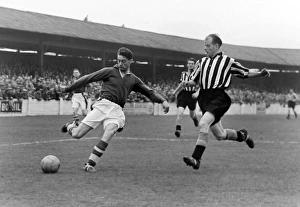
Beneath the terrace ran another hidden world. The Subscribers Club, founded in 1926, was a private members’ bar serving bottled Swarbrick & Catterall’s. For decades it was a modest but important part of matchday life, raising around £250 a year for the club and arranging the occasional away trip.
The Subscribers Club was also touched by tragedy. In December 1964, following a 4–0 home defeat to Barrow, the club’s honorary solicitor Keith Sumner left the bar to walk home to Falkland Road. Crossing Scarisbrick New Road, he was struck by a motorcycle and killed.
Decline and Demolition
The Popular Side’s great covered stand survived until the 1980s, but by then its condition mirrored the club’s decline. In the late 1970s, sections of the terracing were fenced off on safety grounds.
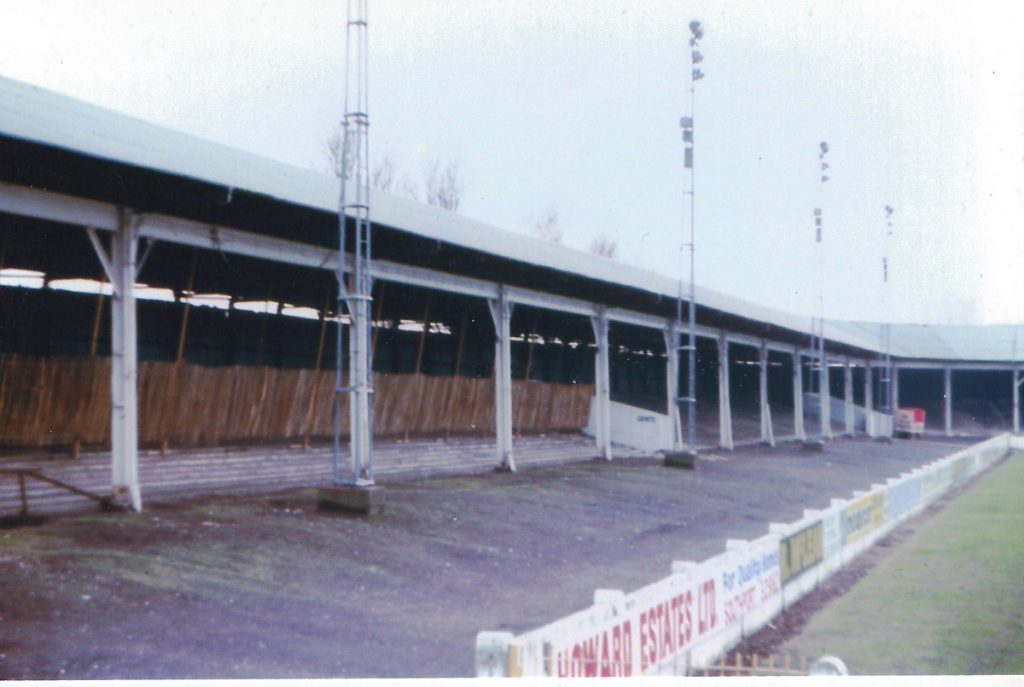
By the 1985–86 season, further parts had been closed. The fire at Bradford City’s Valley Parade in 1985 brought about the Popplewell Report and new legislation on ground safety. Sefton Council, as landlords, deemed the covered stands at the Popular Side and Scarisbrick New Road end unsafe. Both were demolished in 1987, ending a 55-year presence. A letter from Sefton’s Director of Engineering and Technical Services in August 1987 confirmed the works and noted that responsibility for site security lay with the club, though temporary fencing and patrols were arranged.
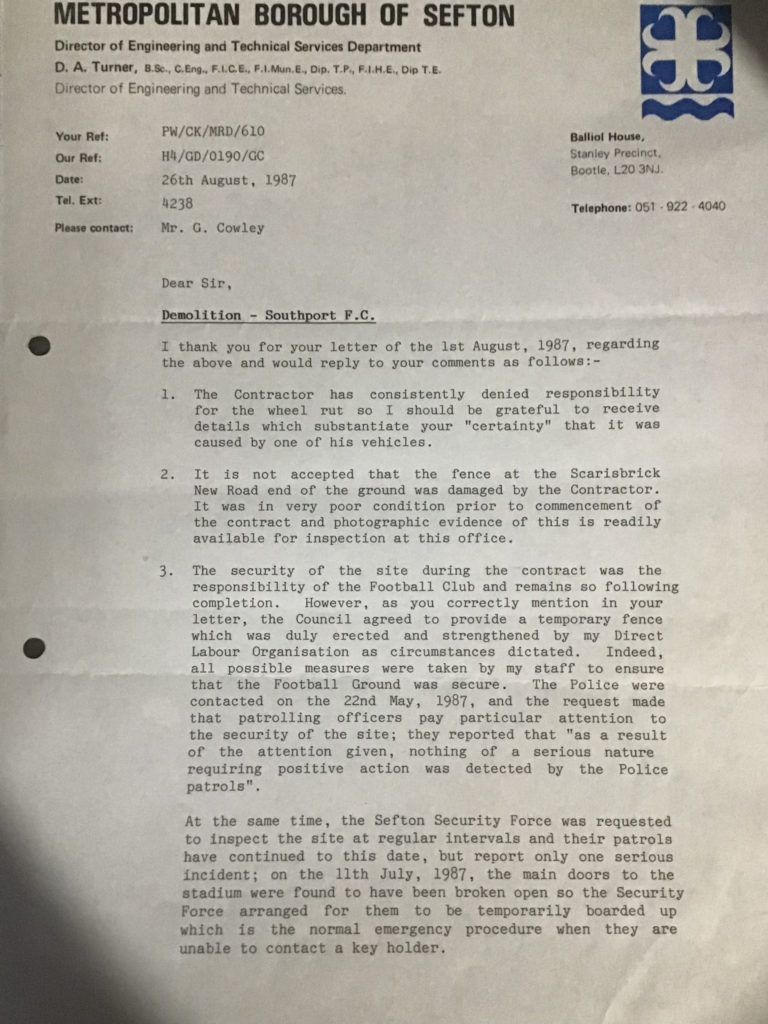
For a time after it’s demolition, only grass banks and a few steps of terracing remained on two sides of the ground.
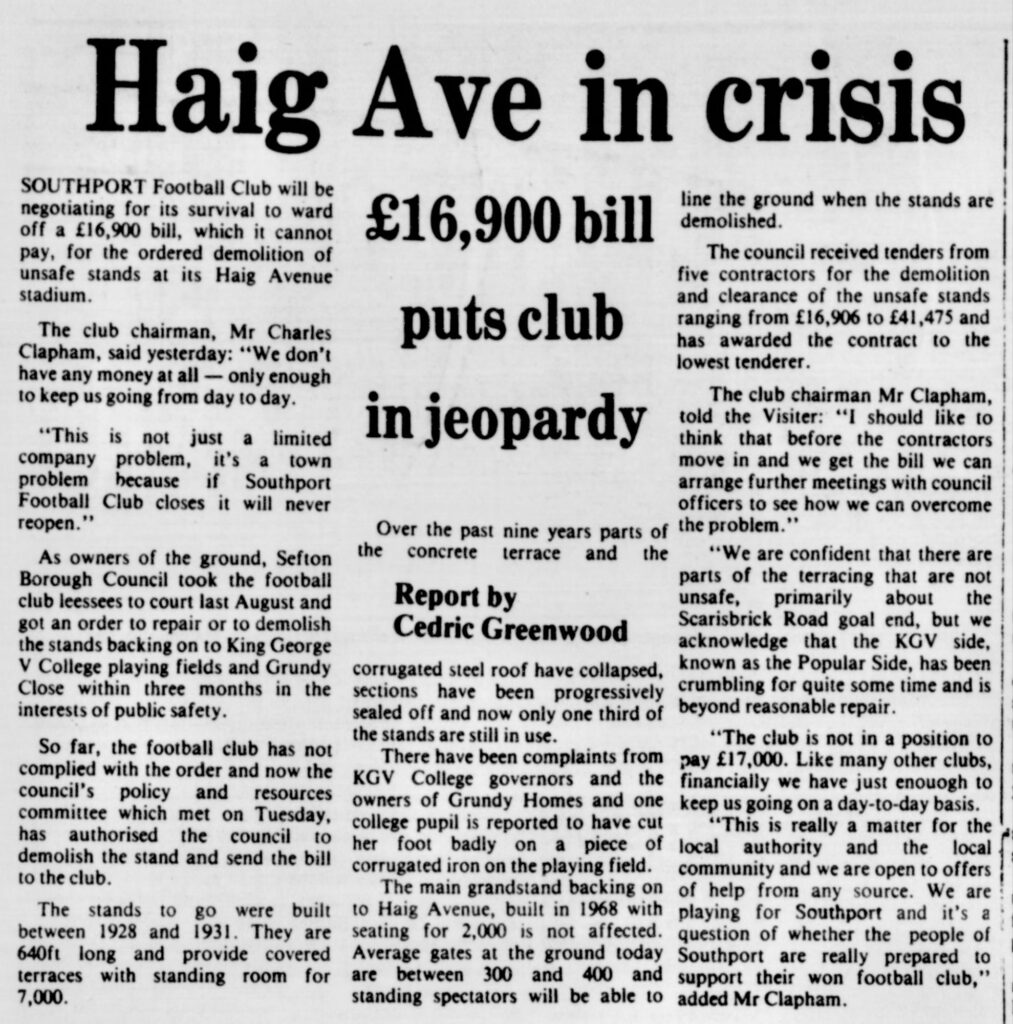
Rebuilding
Southport’s resurgence in the early 1990s brought new demands. In 1992–93, as the club pushed for promotion to the Vauxhall Conference, stricter ground-grading criteria required proper terracing. New open steps were installed on the Blowick and Popular Sides to meet the standards. Further improvements followed in the late 1990s, giving both ends of the ground more substantial open terraces. The Popular Side in its modern form dates from that era, a far cry from the sweeping covered enclosure that once stood there, but still carrying the old name.
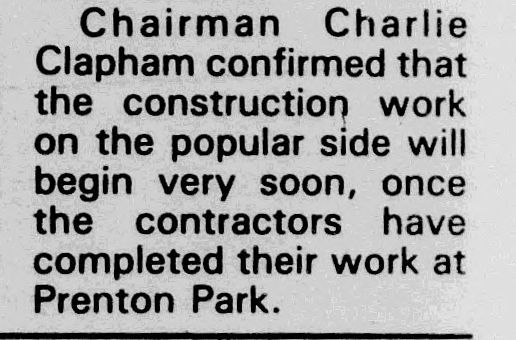
For the past 15 years or so a small television gantry has sat immediately behind the terrace on the halfway line. It was a temporary structure made from scaffolding and was rarely used as it provided no access to electricity. Even when matches were being filmed, the club generally continued to operate from the press box in the Main Stand.
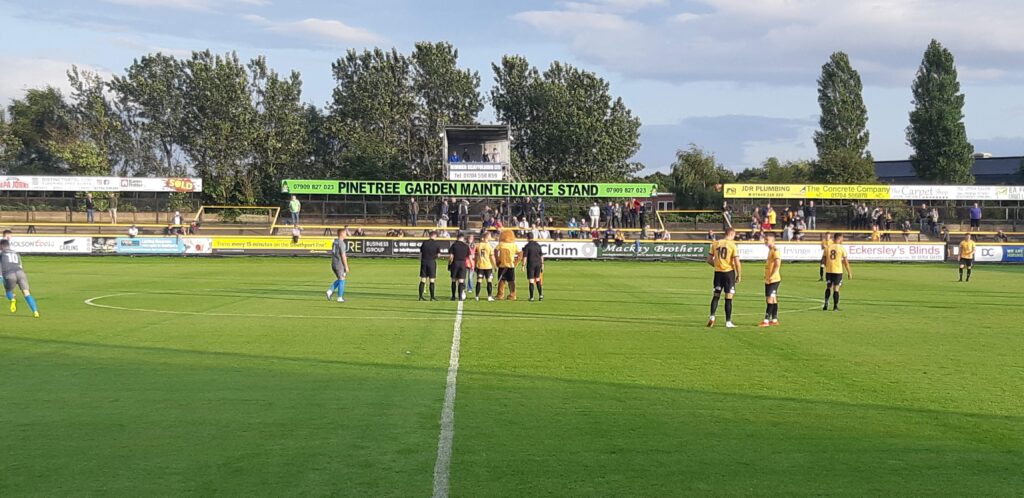
This summer the new owners installed a more permanent press box on the Popular Side, complete with power, to replace the old gantry. It allows games to be filmed from that side of the ground, meaning highlight videos now offer the backdrop of two covered stands rather than the open terrace.
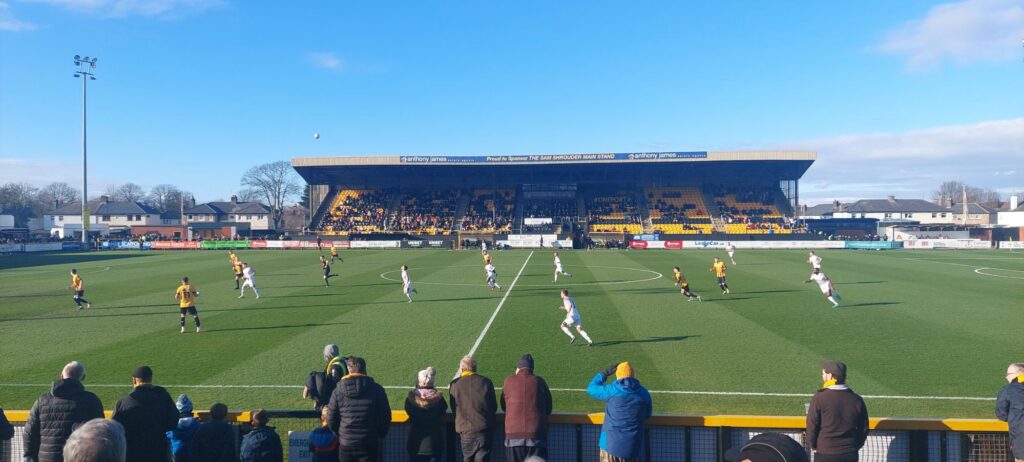
The LED scoreboard, first installed towards the end of last season, has also been relocated to the roof of the new structure. It is visible to most of the ground and gives the club the option to display additional messages during matches.
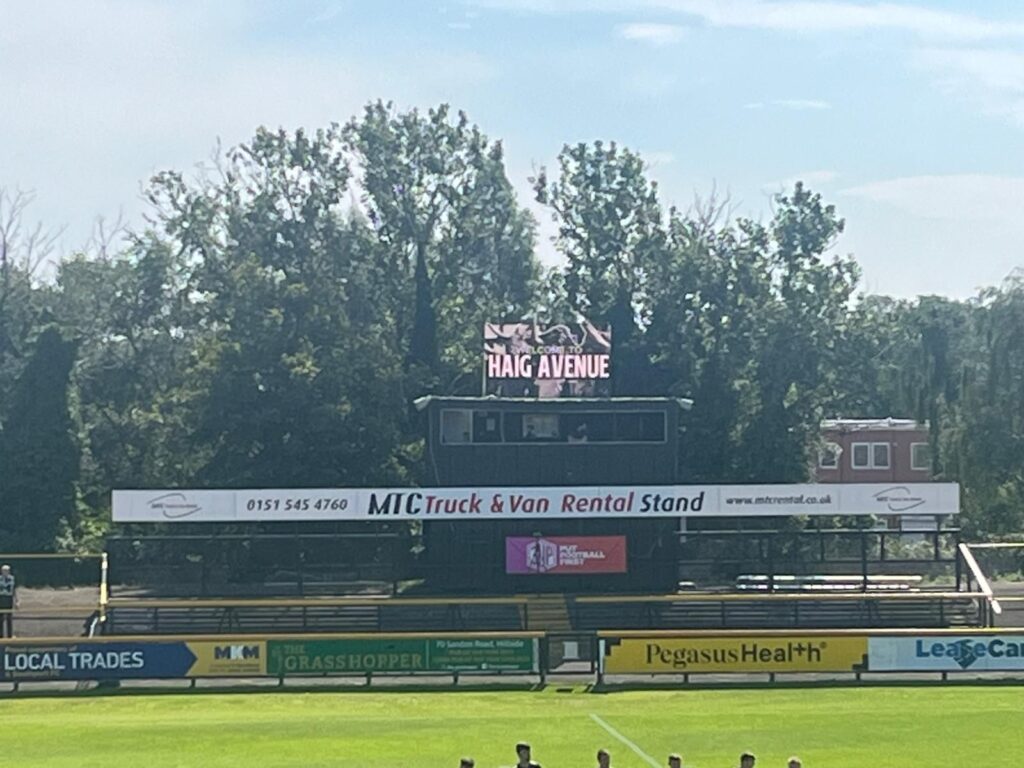
The Popular Side has been many things: an earth bank, a kiosk, a wooden shed, a steel-framed covered stand, a wartime store, a private bar and an open terrace once more. Its name has endured through all those changes. The stubborn insistence of some that it is the “Poplar” Side is disproved not only by logic but by a century of documents, newspapers, and programmes that refer to it correctly. Even today the club’s own ticketing platform carries the error, but the historical record is unequivocal.
The Popular Side is not a tree, nor a misheard nickname. It is a formal, traditional designation, part of football culture nationwide, and an indelible part of Haig Avenue. It has been the gathering place of Southport supporters for over a hundred years, and its name, the Popular Side, is exactly what it says.
The argument has dragged on so long that on supporter forums some now avoid it altogether by calling it the “Pop Side”. It is a compromise born of exasperation, sidestepping the clash between those who know the history and those who stubbornly refuse to accept it.
Disclaimer: This article draws on the research of Michael Braham and Geoff Wilde, in particular their book The Sandgrounders: The Complete League History of Southport FC. Additional sources include the British Newspaper Archive, and any errors of interpretation are my own.
Discover more from Southport Central
Subscribe to get the latest posts sent to your email.

 1 - 1 v Chorley (H) 21/10/2025
1 - 1 v Chorley (H) 21/10/2025 



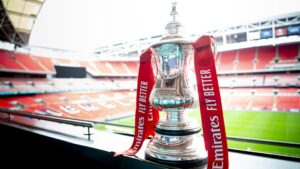
More Stories
The Price Of Saying No
Friday Night Football
Fifty Years On: Counting the Cash, Missing the Moment